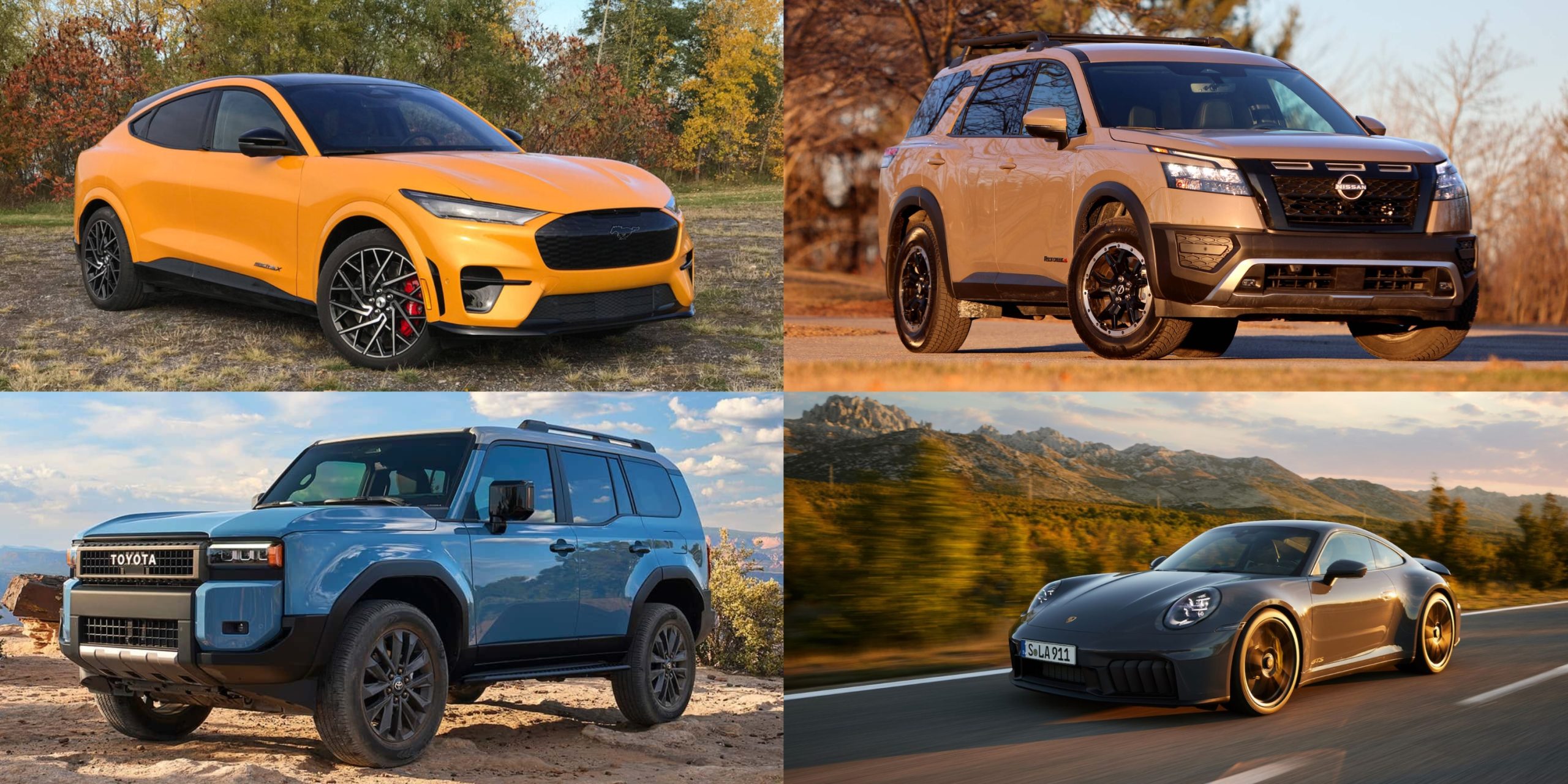In the ever-evolving world of automobiles, consistency can be both a strength and a rarity. With shifting market demands, rapid technological advances, and evolving safety and emissions regulations, automakers are under constant pressure to innovate.
While change is inevitable, some vehicles manage to evolve without losing their core identity. These are the cars, trucks, and SUVs that retain their essence year after year, whether it’s their performance focus, rugged durability, or luxurious comfort.
Their loyal fan bases often appreciate that while the details may change, the experience behind the wheel feels timeless. But not all models are so lucky.
Over the years, some once-great vehicles have strayed from what made them special in the first place. Maybe they were redesigned to chase new markets, stuffed with tech at the expense of reliability, or lost performance credibility in favor of fuel efficiency or size.
Sometimes the changes are subtle—a softened design here, a tamer engine there. Other times, it’s a complete reinvention that alienates the core audience while trying to appeal to someone new.
The result? A model that loses its identity and becomes just another nameplate in the crowd. When a vehicle stays true to its purpose, it becomes an icon.
The Porsche 911, for example, is instantly recognizable even to casual observers—its shape, layout, and mission haven’t changed in over half a century.
On the other hand, cars like the Honda Civic or Ford Explorer have gone through identity crises, with different generations swinging wildly in focus or quality.
This article explores both ends of the spectrum. First, we’ll spotlight five vehicles that have stayed remarkably consistent, serving as benchmarks in their categories.
Then, we’ll take a look at five that, for better or worse, lost their way somewhere along the journey. Whether it’s a tale of brand integrity or a warning of what happens when you stray too far, these stories show just how much a car’s legacy can hang on staying true to what it was built to be.
Also Read: 5 Cars That Start Every Time and 5 That Need Prayers
5 Vehicles That Stayed Consistent
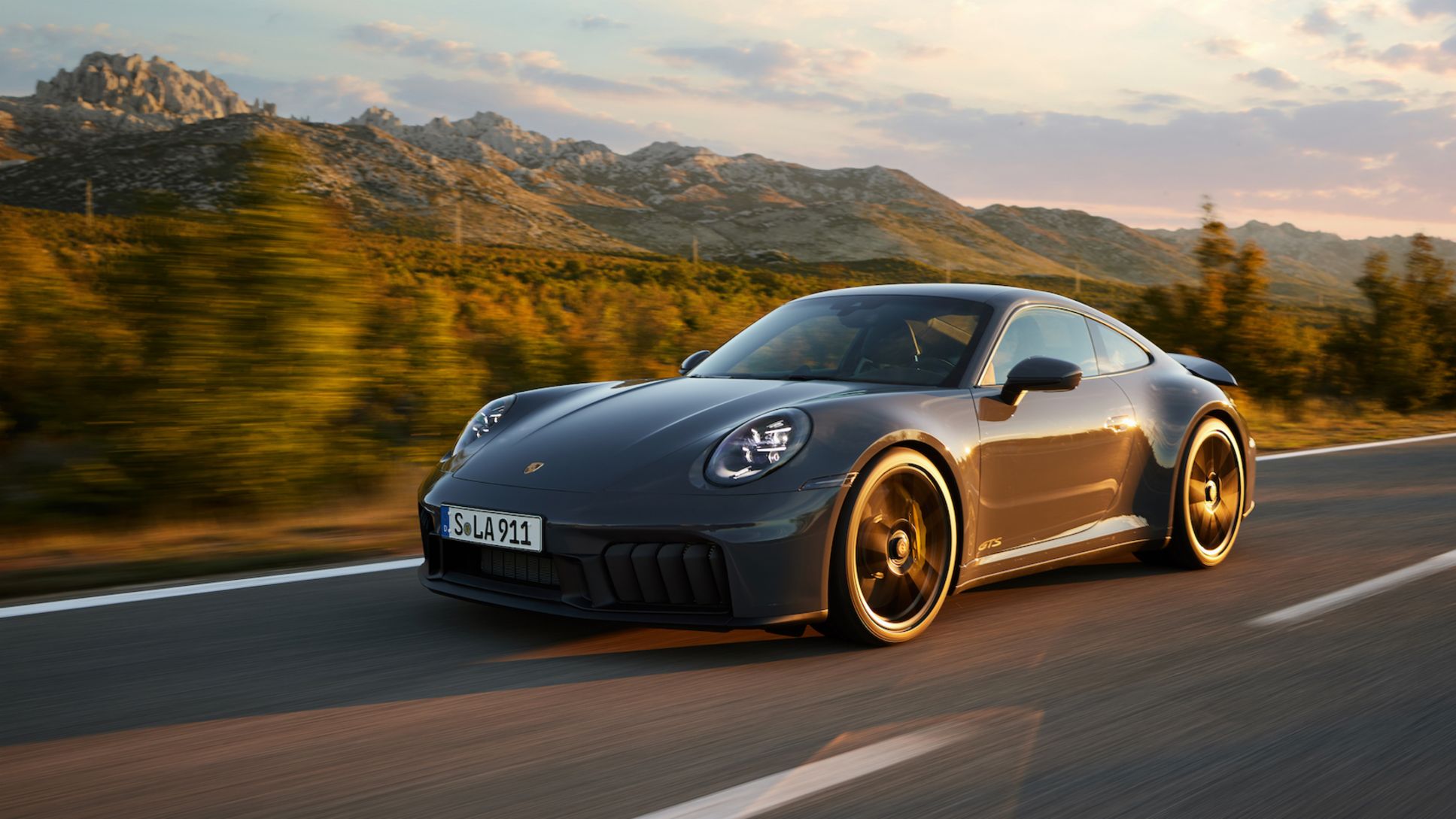
Porsche 911
Few cars in history embody consistency like the Porsche 911. Introduced in 1964, the 911 has maintained its unmistakable silhouette, rear-engine layout, and focus on precision driving across decades.
While it’s certainly evolved—with more powerful engines, high-tech features, and wider bodies—the core DNA remains remarkably intact. Porsche has struck an almost magical balance between innovation and tradition.
Every generation of the 911 builds on what came before. Enthusiasts know what to expect: a thrilling driving experience, surgical handling, and that unique feel of the engine hanging behind the rear axle.
Whether you’re in a base Carrera or a fire-breathing Turbo S, the experience is distinctly 911. Even Porsche’s entry into turbocharging, all-wheel-drive variants, and hybridization hasn’t diluted the driving purity that defines this car.
Porsche’s commitment to gradual, thoughtful evolution is why the 911 remains one of the most respected sports cars on the planet. It appeals equally to purists and modern performance lovers, because it delivers something few other cars can: a consistent identity.
For over 60 years, the 911 has shown that you don’t need to reinvent yourself to stay relevant—you just need to perfect the formula.
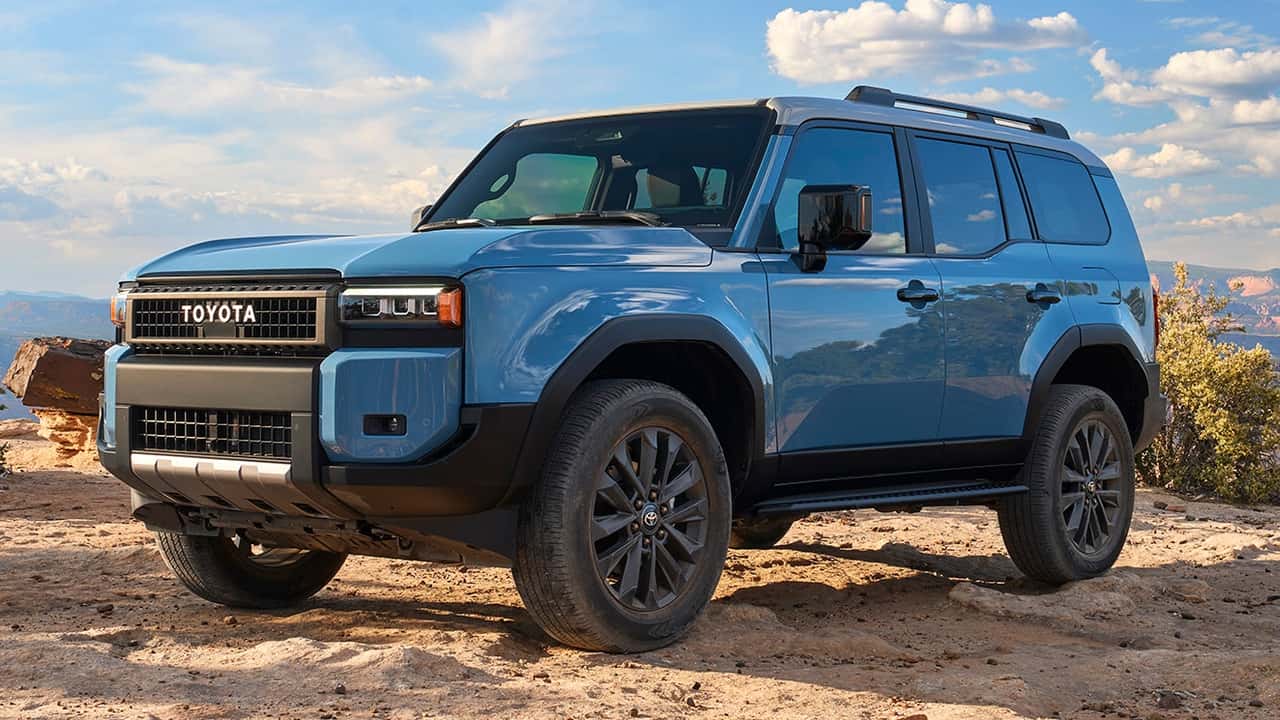
Toyota Land Cruiser
The Toyota Land Cruiser has long been synonymous with durability, reliability, and off-road prowess. From its military roots in the 1950s to the ultra-capable luxury SUV it became in later decades, the Land Cruiser has always stayed true to one mission: go anywhere, survive anything.
Whether crawling over rocks in the Outback or cruising highways in the U.S., the Land Cruiser is trusted by adventurers, aid workers, and governments alike.
Its consistency lies not in a lack of change, but in unwavering purpose. Even as it gained comfort and tech over the years, Toyota never forgot that the Land Cruiser was built for endurance.
Its legendary engines, stout body-on-frame construction, and locking differentials made it virtually unstoppable in tough terrain. Owners often report models lasting 300,000+ miles with basic maintenance—a testament to Toyota’s engineering ethos.
Although the Land Cruiser briefly exited the U.S. market after 2021, it’s returned for 2024 with a fresh design that pays homage to its roots.
Smaller, more affordable, and more off-road-focused, the new Land Cruiser continues its tradition of rugged dependability. Toyota understood that the nameplate’s strength wasn’t in luxury—it was in lasting through anything.
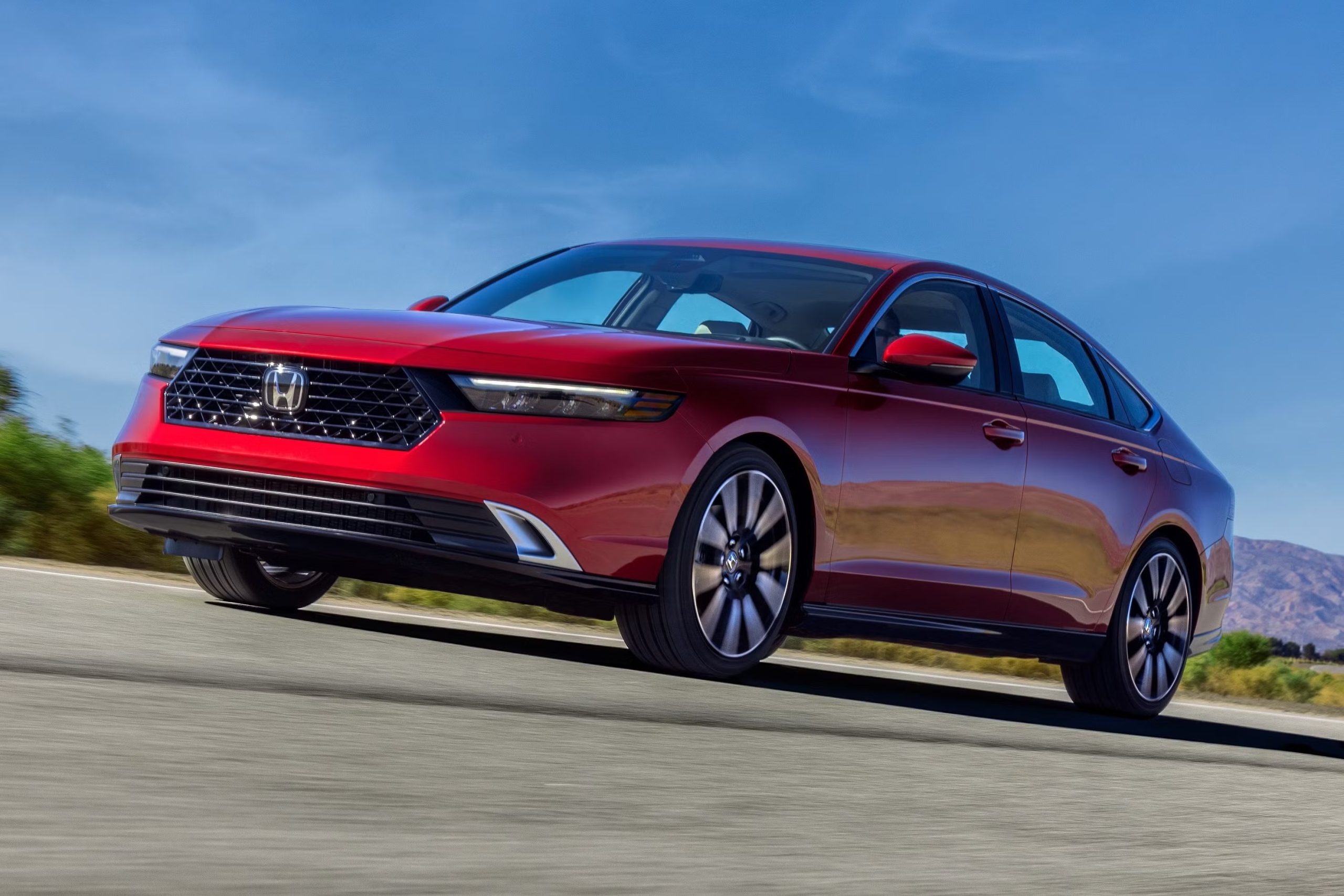
Honda Accord
In a segment as competitive as the midsize sedan, the Honda Accord has remained a benchmark of quality, efficiency, and value for over four decades. Launched in 1976, the Accord became the go-to choice for families and commuters alike.
Even as trends shifted toward SUVs, the Accord maintained a strong following by consistently delivering well-balanced performance, comfort, and dependability.
What makes the Accord special is its ability to evolve without losing its identity. Over the years, it’s adopted turbocharged engines, hybrid variants, sleek coupe-like styling, and advanced safety features—but it’s always been a practical, fun-to-drive sedan with thoughtful design and a reputation for longevity.
Whether in the ’90s or today, an Accord is still an Accord: smart, smooth, and built to last. Honda’s commitment to refinement rather than reinvention has served it well.
Even younger generations of drivers see the Accord not as a “dad car,” but as a smart, stylish, and sometimes even sporty option. While many sedans have come and gone, the Accord endures—because it never stopped being what buyers needed it to be.
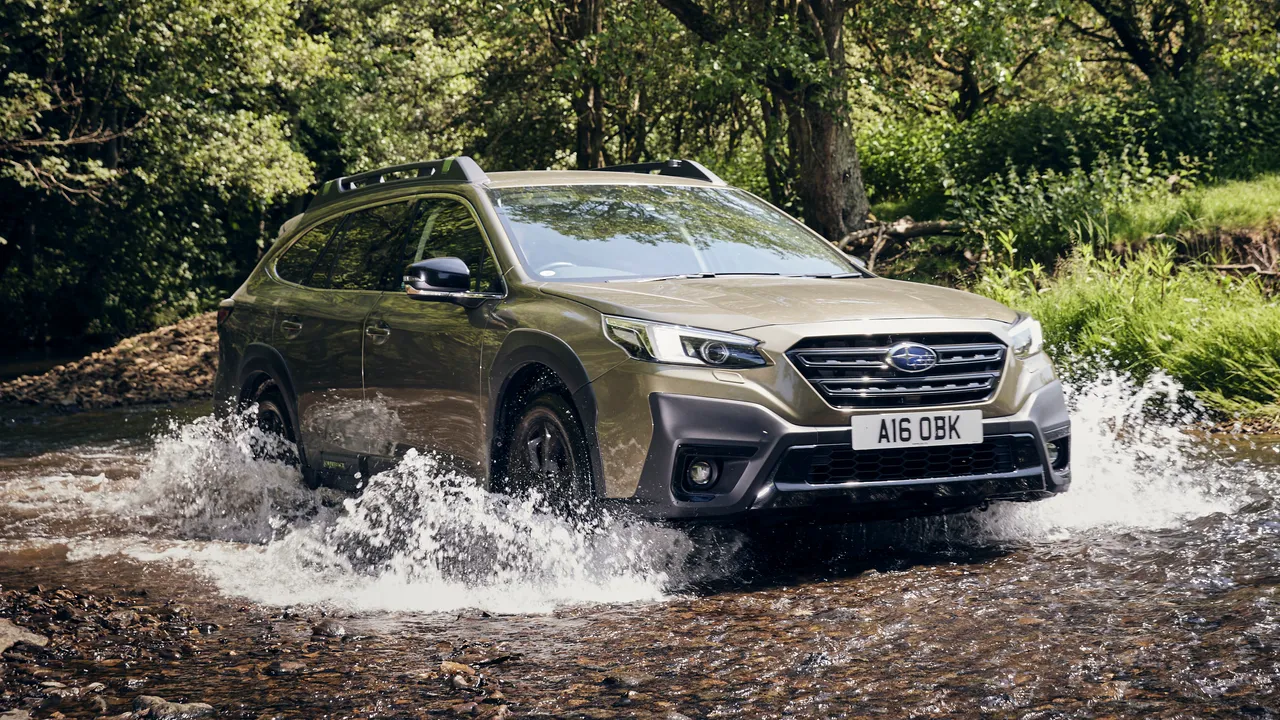
Subaru Outback
Since its debut in 1994, the Subaru Outback has carved out a niche that few competitors have managed to touch: a practical, all-wheel-drive wagon with real off-road chops.
It has always appealed to people who want SUV capability without SUV bulk, and its design has remained remarkably true to that concept for three decades.
The Outback hasn’t chased trends; it has quietly evolved while keeping the same utility-driven mission. You still get standard AWD, a rugged raised ride height, a boxy-yet-functional shape, and surprisingly good interior space.
Subaru has refined the tech, added turbocharged engines, and improved safety, but the formula hasn’t fundamentally changed.
That unwavering focus is what has made the Outback so beloved in regions like the Pacific Northwest and New England. It’s not flashy, but it’s dependable, outdoorsy, and real.
Subaru has resisted turning it into a full-on crossover, and in doing so, has preserved what made the Outback special in the first place.
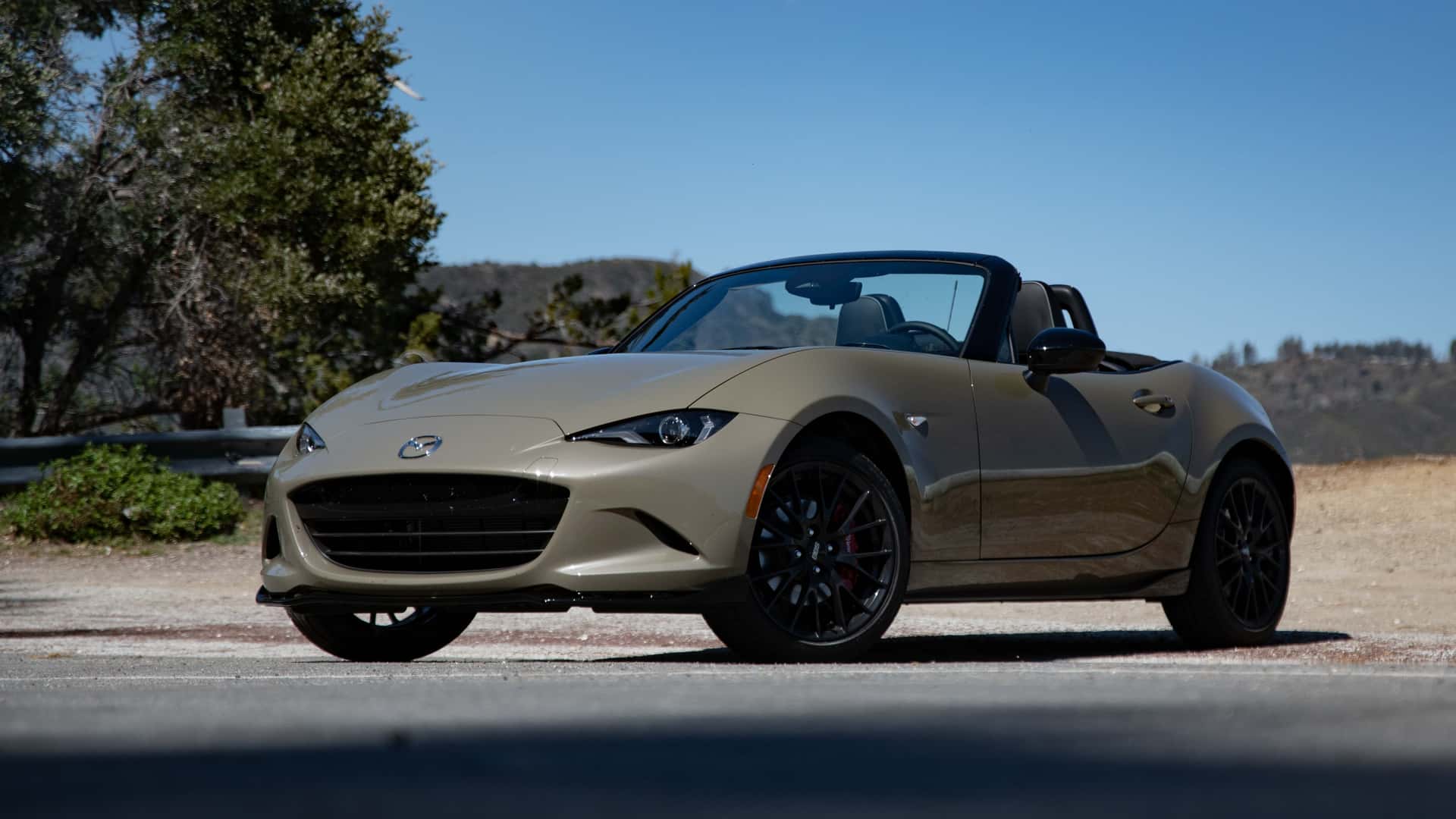
Mazda MX-5 Miata
The Mazda MX-5 Miata is proof that you don’t need brute power to deliver driving joy. Since its debut in 1989, the Miata has stayed remarkably consistent: a lightweight, rear-wheel-drive roadster with simple mechanics, a manual transmission, and a pure connection between car and driver. It’s never been about lap times—it’s been about smiles per mile.
Each generation has improved upon the last without adding unnecessary weight or complexity. The Miata still weighs less than most modern cars, still offers a stick shift, and still prioritizes balance over brute force.
Even in its latest ND generation, Mazda has kept the focus razor-sharp, resisting the urge to turn it into a tech-laden cruiser or a muscle-bound coupe.
Its staying power is a result of discipline. Mazda knows exactly what the Miata is, and more importantly, what it isn’t.
While many sports cars have lost their way trying to chase new buyers or chase horsepower, the Miata has never strayed. It remains one of the purest driving experiences you can buy, even in 2025.
5 Vehicles That Lost Their Way
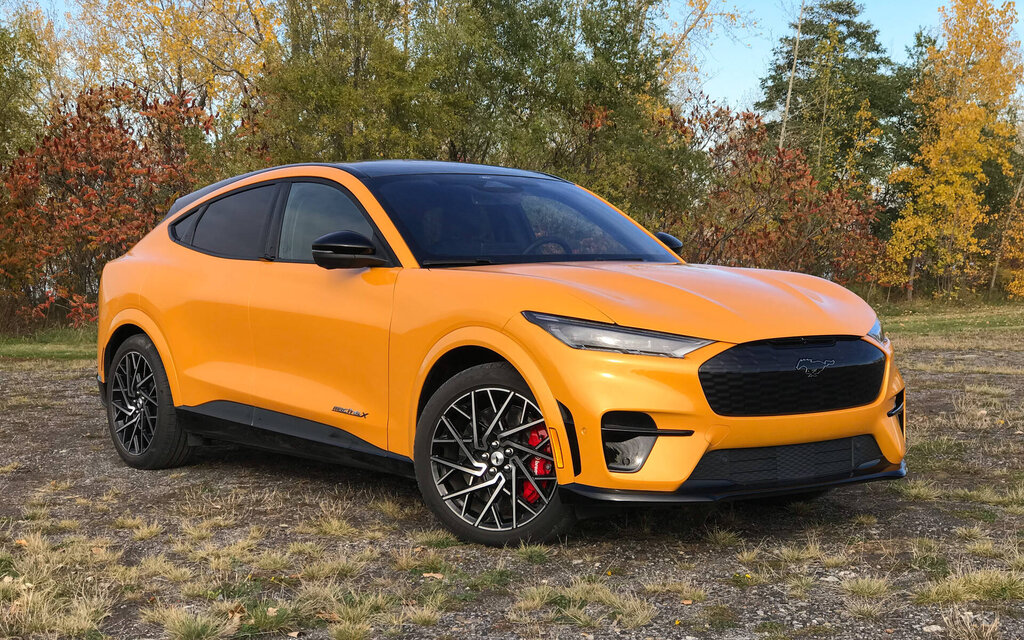
Ford Mustang Mach-E
The Ford Mustang is one of the most iconic American muscle cars ever made. Its long hood, V8 rumble, and rebellious spirit defined performance driving for decades.
But when Ford announced the Mustang Mach-E—an all-electric crossover carrying the Mustang name—it was met with both excitement and skepticism.
While the Mach-E is a solid EV in its own right, many enthusiasts feel that slapping the Mustang badge on an SUV was a major identity crisis.
The Mach-E trades in raw, engine-driven emotion for quiet, efficient performance. It’s fast—especially in GT trim—but it doesn’t have the visceral appeal or styling cues that have defined the Mustang for over half a century.
The decision to use the Mustang name felt like a marketing play rather than a genuine evolution of the car’s legacy. While it’s helped Ford compete in the EV space, the Mach-E doesn’t carry forward what made the Mustang special.
There’s a case to be made that it should have been a new nameplate altogether. As it stands, it risks muddying the identity of a brand that was once synonymous with affordable, rear-wheel-drive American power.
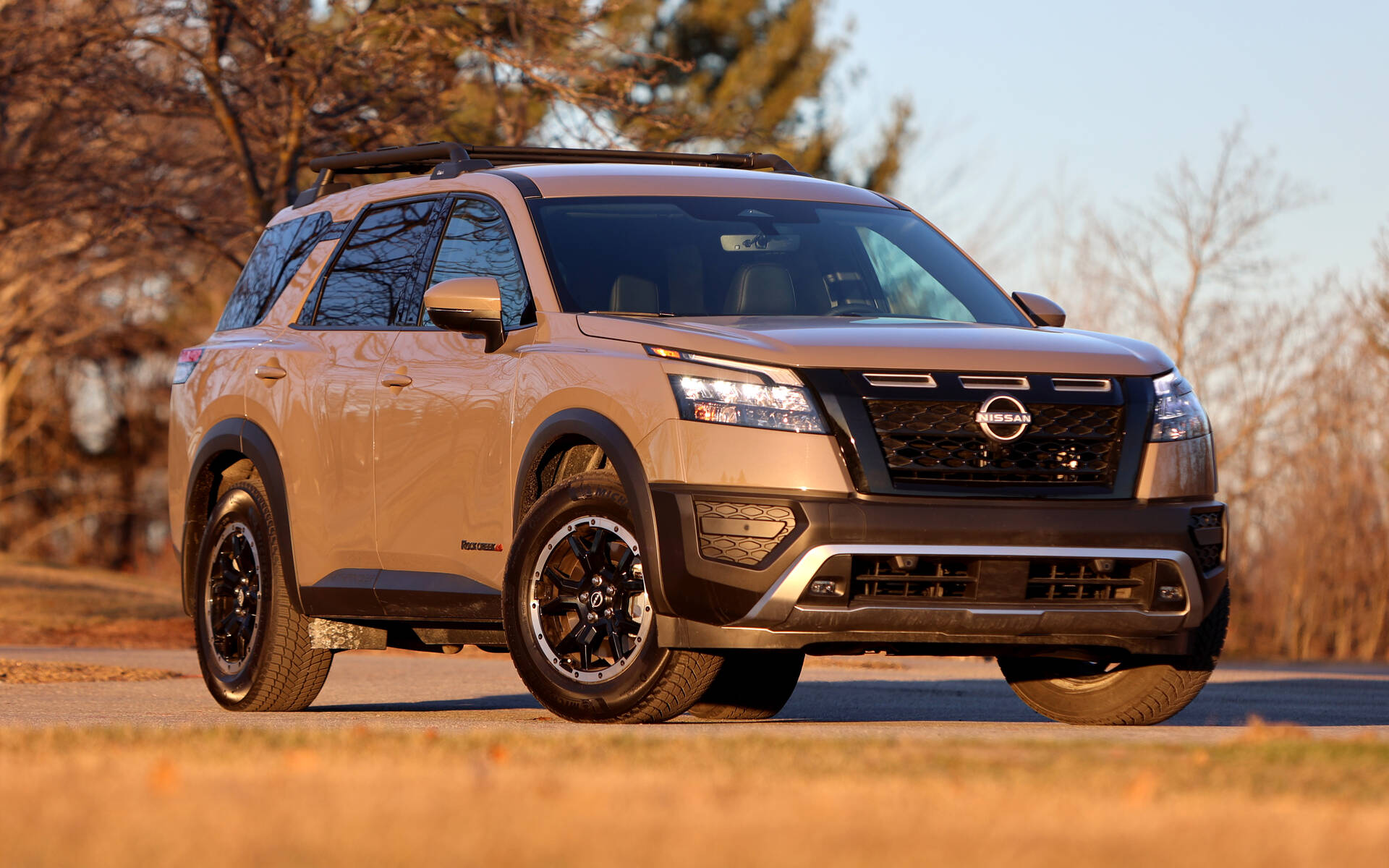
Nissan Pathfinder
The early Nissan Pathfinder was a boxy, body-on-frame SUV with true off-road chops. It was built for trails, mud, and adventure, offering a genuine alternative to the Toyota 4Runner.
But over the years, the Pathfinder gradually transformed into a soft, car-like crossover, trading ruggedness for suburban comfort. While this might appeal to family buyers, it alienated those who loved the Pathfinder’s original purpose.
By the mid-2010s, the Pathfinder had completely lost its edge. It featured a CVT transmission, front-wheel-drive options, and a design that looked more like a minivan than an SUV. It became just another three-row crossover in a sea of similar vehicles, with nothing truly distinctive about it.
To be fair, the newest generation attempts to regain some of that rugged character, but the damage is done. The Pathfinder no longer commands the respect it once did among off-road enthusiasts.
It’s a classic case of a vehicle that abandoned its niche in an attempt to appeal to a broader market, losing its soul in the process.
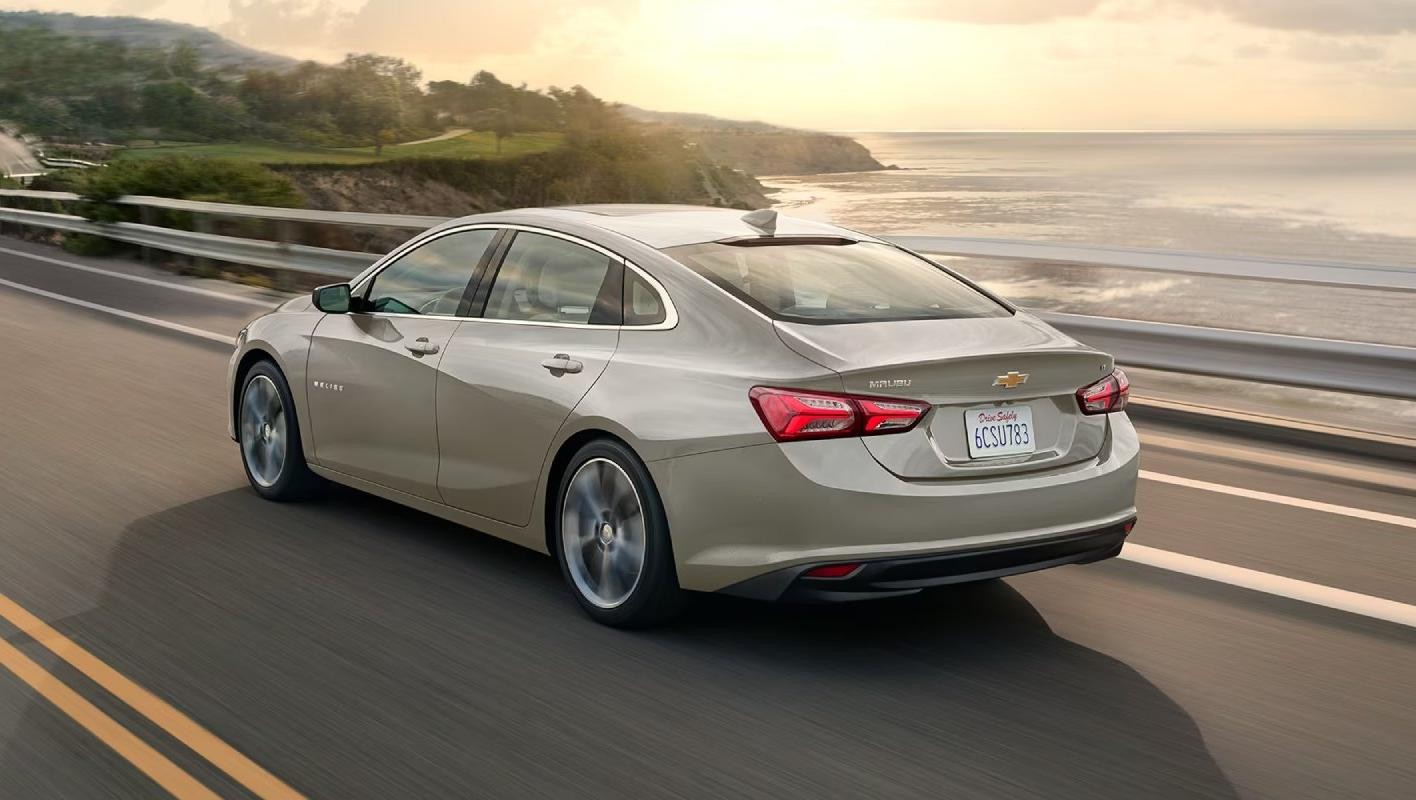
Chevrolet Malibu
The Chevy Malibu has worn many hats over the years, starting as a stylish midsize sedan in the 1960s before morphing into a forgettable fleet car. While it had moments of clarity (mainly in the late ’90s and mid-2000s), the Malibu slowly became a symbol of inconsistency, both in design and quality.
At one point, the Malibu was a genuine contender against the Accord and Camry. But GM’s decisions in the 2010s, including confusing trim levels, mediocre interiors, and underwhelming powertrains, pushed it into rental lot infamy.
The car became less about innovation or appeal and more about just filling a space in the lineup. Despite a decent redesign in 2016, the Malibu continued to decline in relevance.
As of 2024, it’s slated for discontinuation, and few people seem to mind. That’s the saddest part: it didn’t crash and burn—it just faded away, a shell of what it once was.
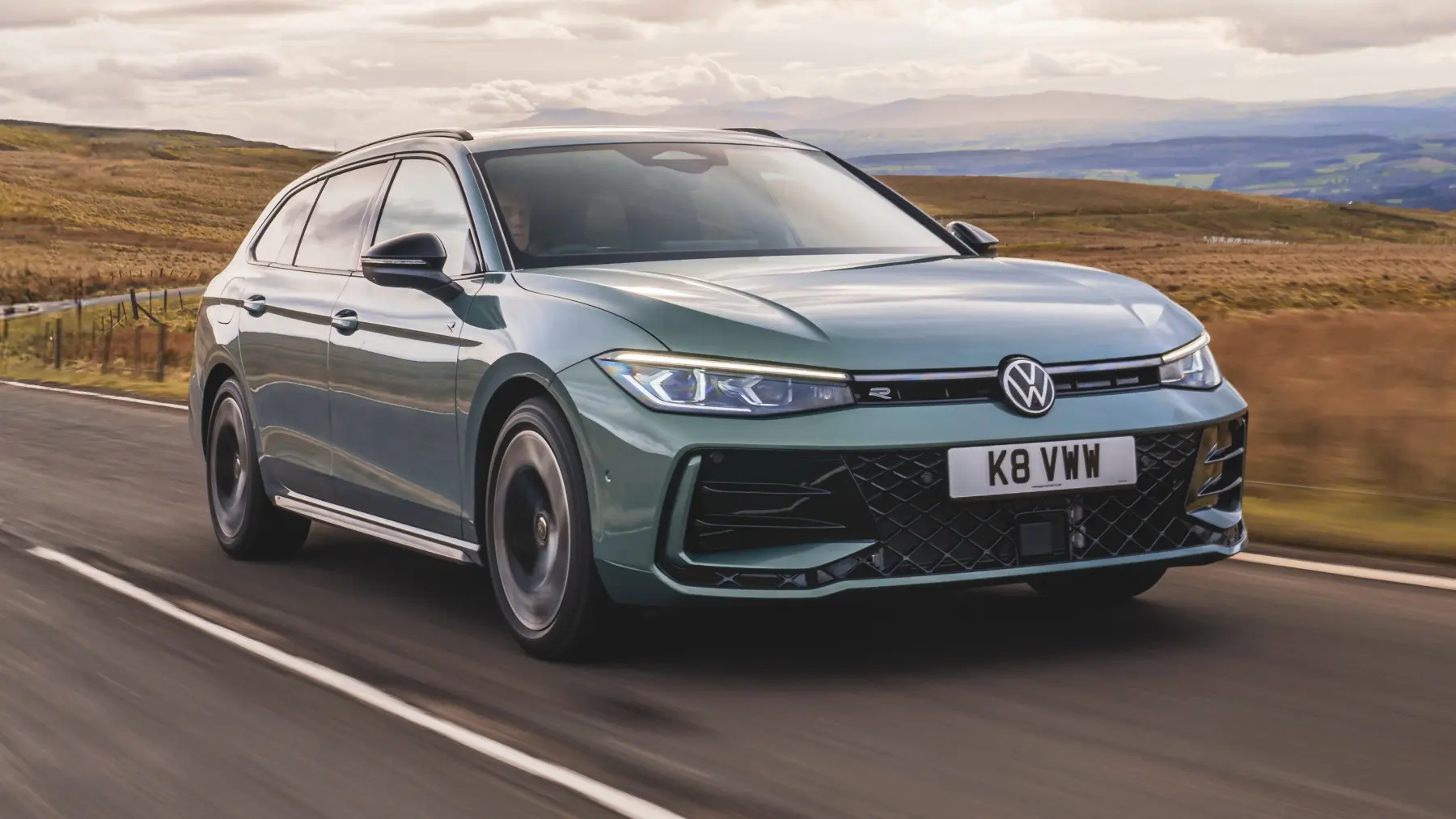
Volkswagen Passat (U.S. Version)
The Volkswagen Passat started as a refined, Euro-flavored midsize sedan that offered a more premium experience than typical American competitors.
For years, it was beloved for its balance of driving feel, subtle design, and solid build quality. But when VW decided to “Americanize” the Passat for the U.S. market around 2012, things went south quickly.
The U.S.-specific Passat grew in size but shrank in character. It was less refined, less engaging to drive, and came with cheaper materials and uninspired styling.
Volkswagen made it larger and more affordable in an effort to compete directly with the Camry and Accord, but in doing so, it lost everything that made the Passat stand out in the first place.
Sales never matched expectations, and longtime fans turned away. Instead of upping the segment, the Passat became just another bland midsize sedan.
VW has since shifted its focus to crossovers in the U.S., and the Passat is no longer sold here. The fall from grace was slow but significant—a once-excellent sedan reduced to mediocrity.
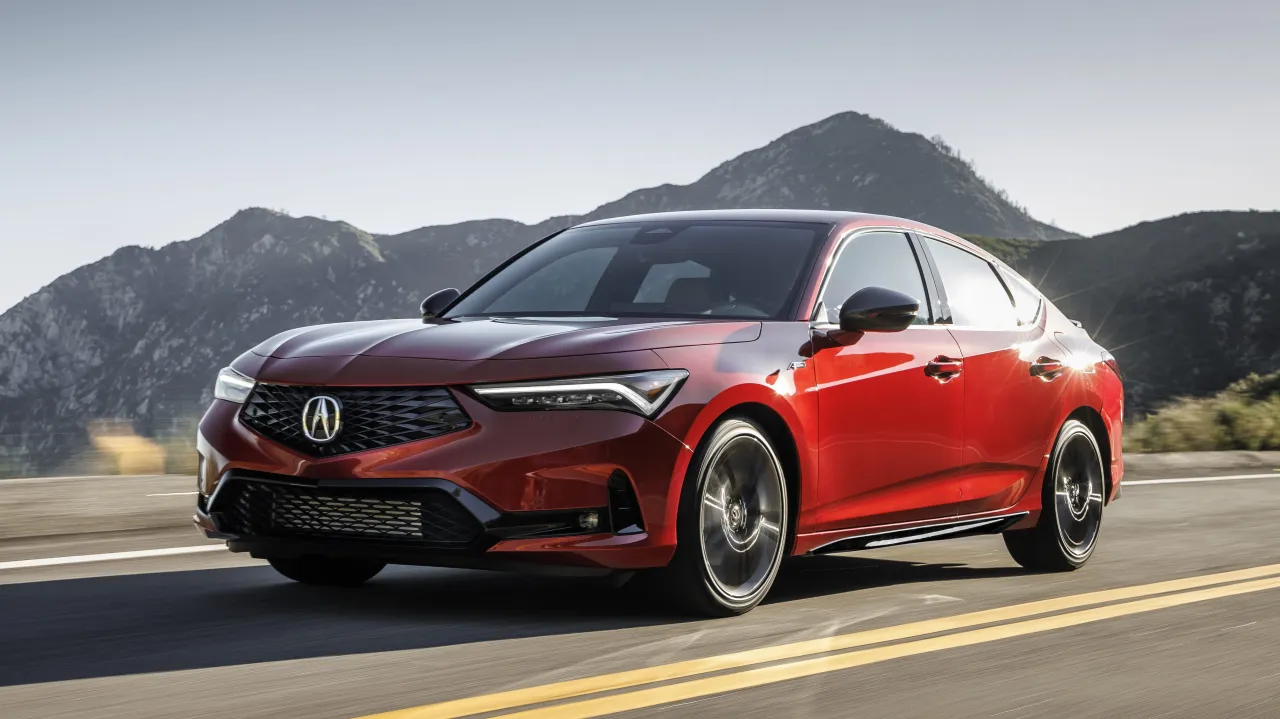
Acura Integra (2023 Revival)
The Acura Integra was a legendary nameplate in the ‘90s, especially among driving enthusiasts. Light, responsive, and stylish, it represented the sweet spot between practicality and pure fun.
So when Acura announced the return of the Integra in 2023, expectations were sky-high. Sadly, the modern Integra didn’t quite hit the same chord.
Built on a Civic platform and available only as a five-door hatchback with front-wheel drive, the new Integra felt more like a dressed-up commuter car than a spiritual successor.
While it offers a manual transmission and a decent driving experience in A-Spec and Type S trims, it doesn’t quite capture the magic or purity of the original models.
Critics pointed to the underwhelming design and high price tag as signs that Acura may have misunderstood what the Integra once meant.
Instead of being an aspirational, driver-focused car for the masses, it came across as an awkward blend of luxury and sport. While not a bad car, the 2023 Integra lost the plot compared to its revered predecessors.
Consistency in the automotive world is harder than it looks. To stay true to a vehicle’s identity while navigating market trends and regulatory changes is a tightrope walk that only a few manage gracefully.
The Porsche 911, Mazda MX-5, and Toyota Land Cruiser are all shining examples of brands that held firm to their vision, cultivating trust and admiration through the decades. These vehicles know exactly what they are—and who they’re for.
Also Read: 5 Cars With Excellent Visibility and 5 That Have Blind Spots Everywhere
On the other hand, those that lost their way often did so because of overcorrection, market chasing, or brand confusion.
From the pathfinder that forgot how to blaze trails to a Mustang that became a crossover, these models teach us that identity matters. A strong name means little without a clear purpose behind it.
As the industry barrels toward an electric, autonomous future, the tension between evolution and tradition will only grow.
The vehicles that survive—perhaps even thrive—will be the ones that manage to adapt without losing their core essence. And for every car that remembers where it came from, there will be others that forget what made them great in the first place.

